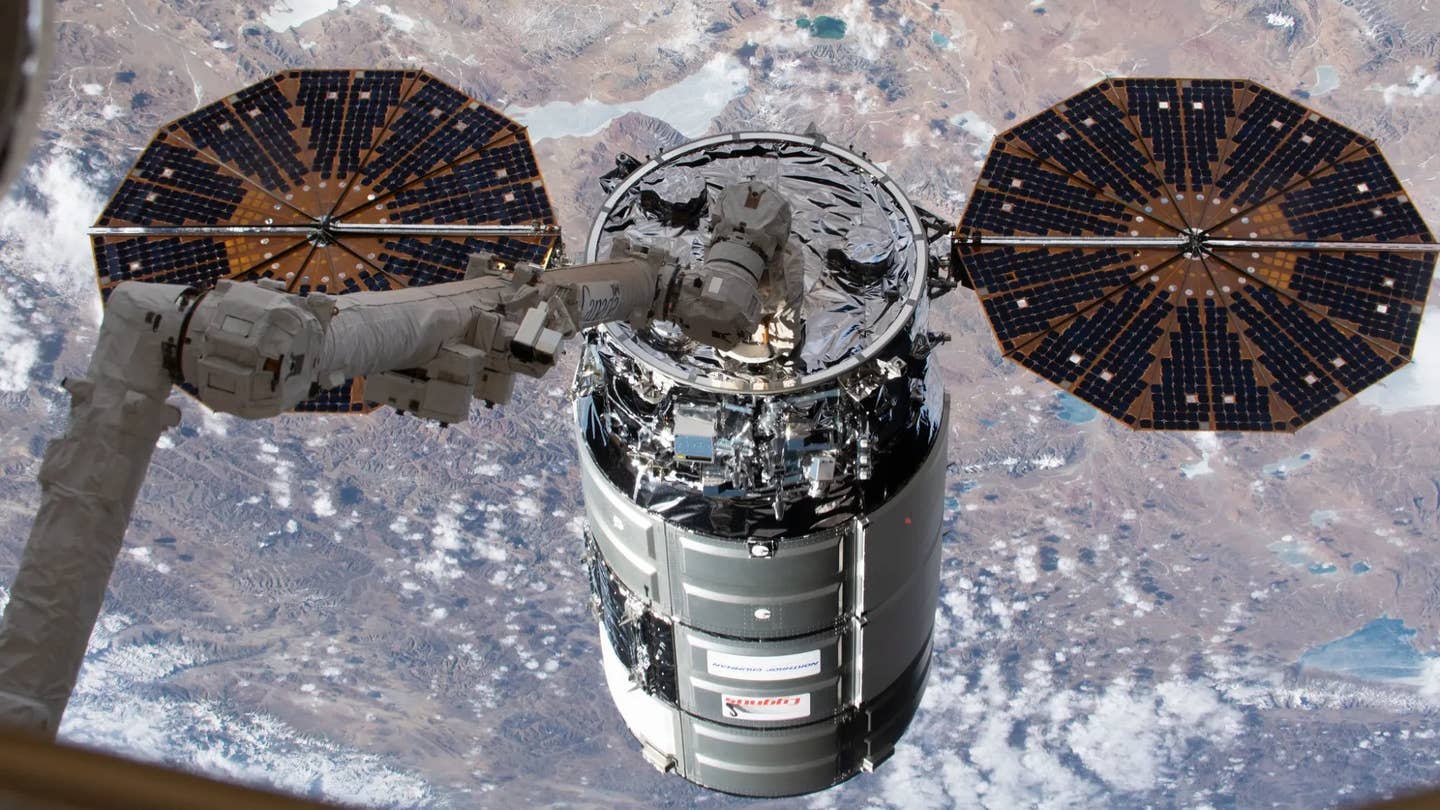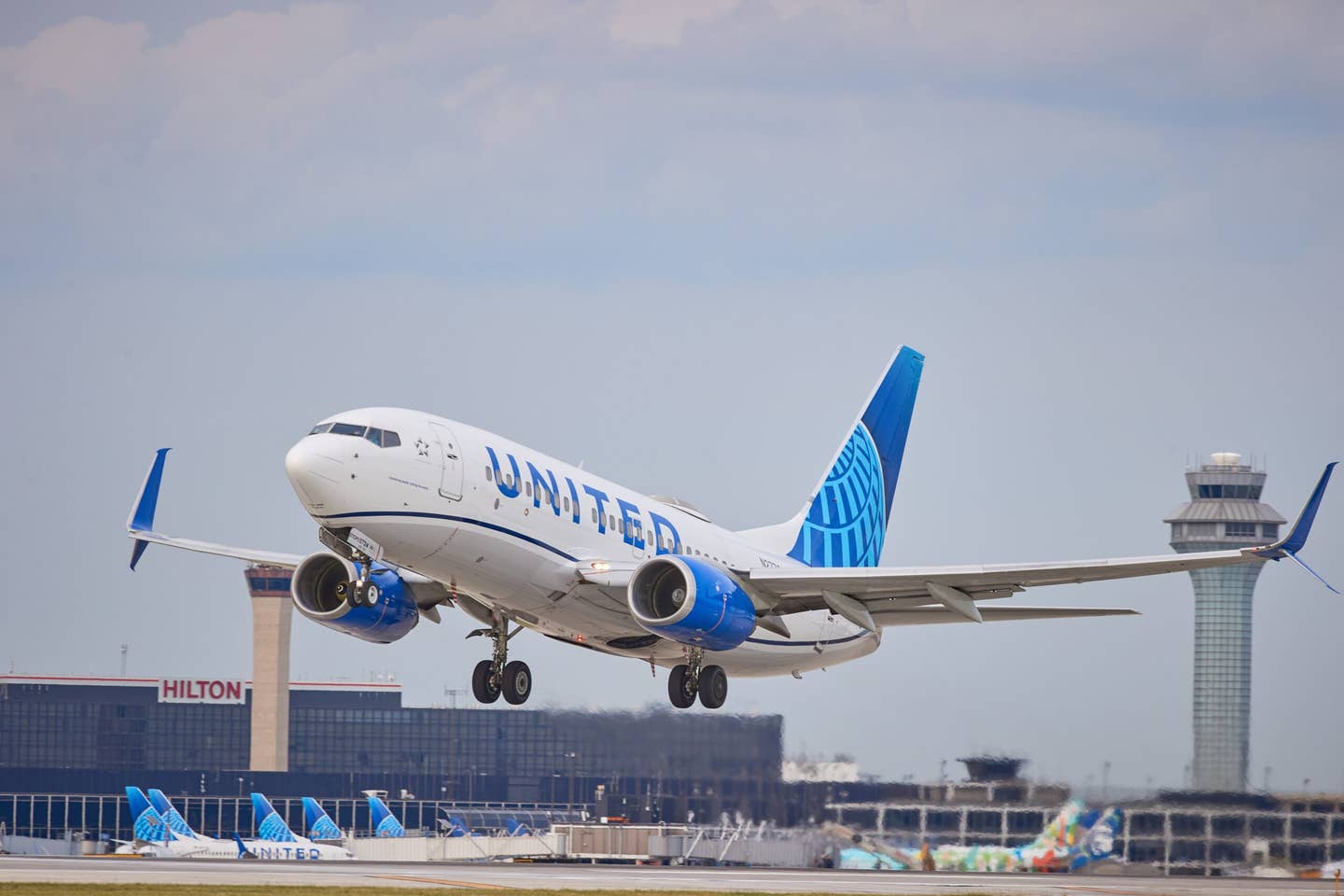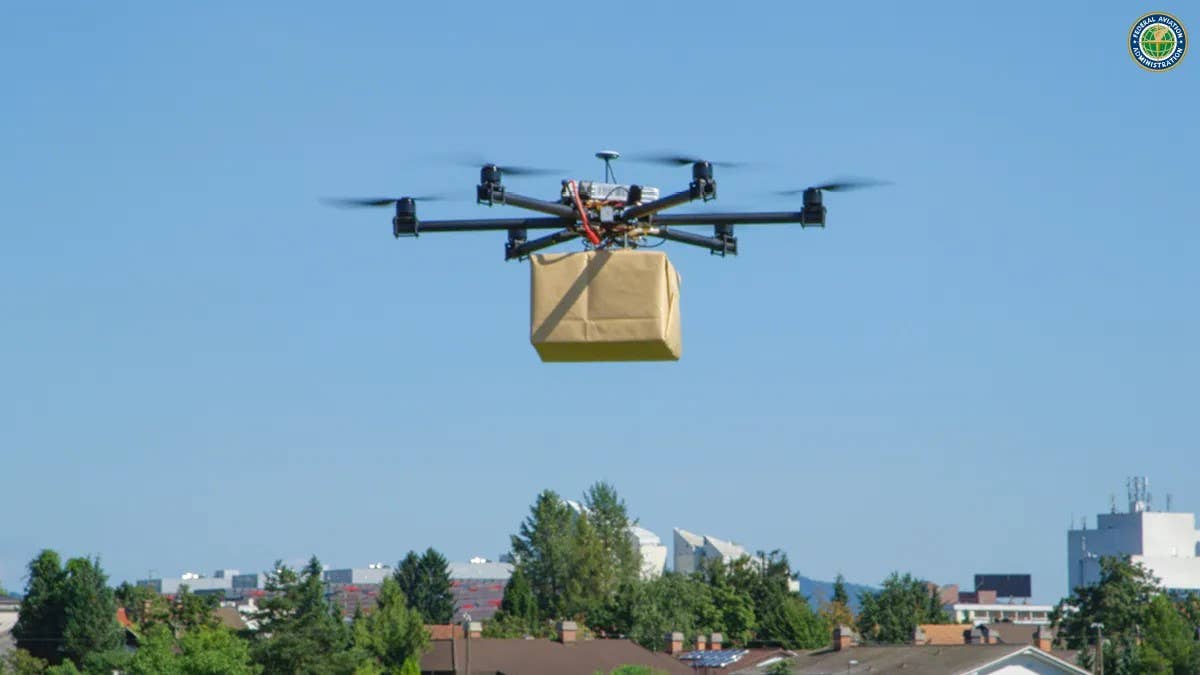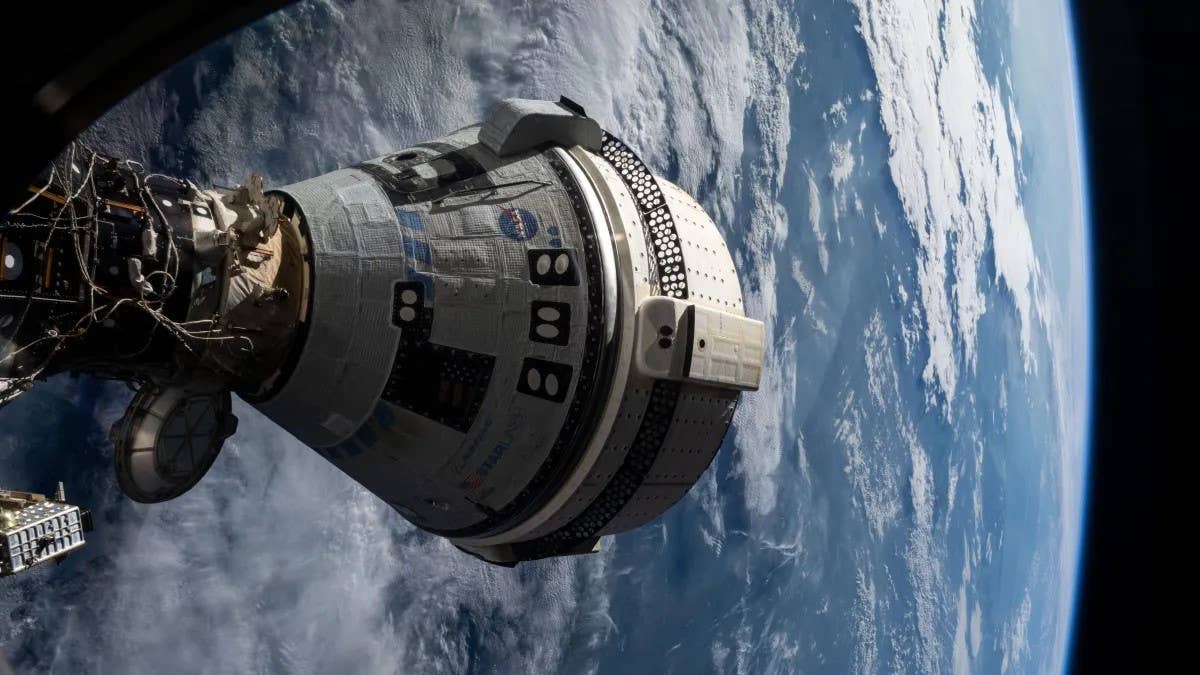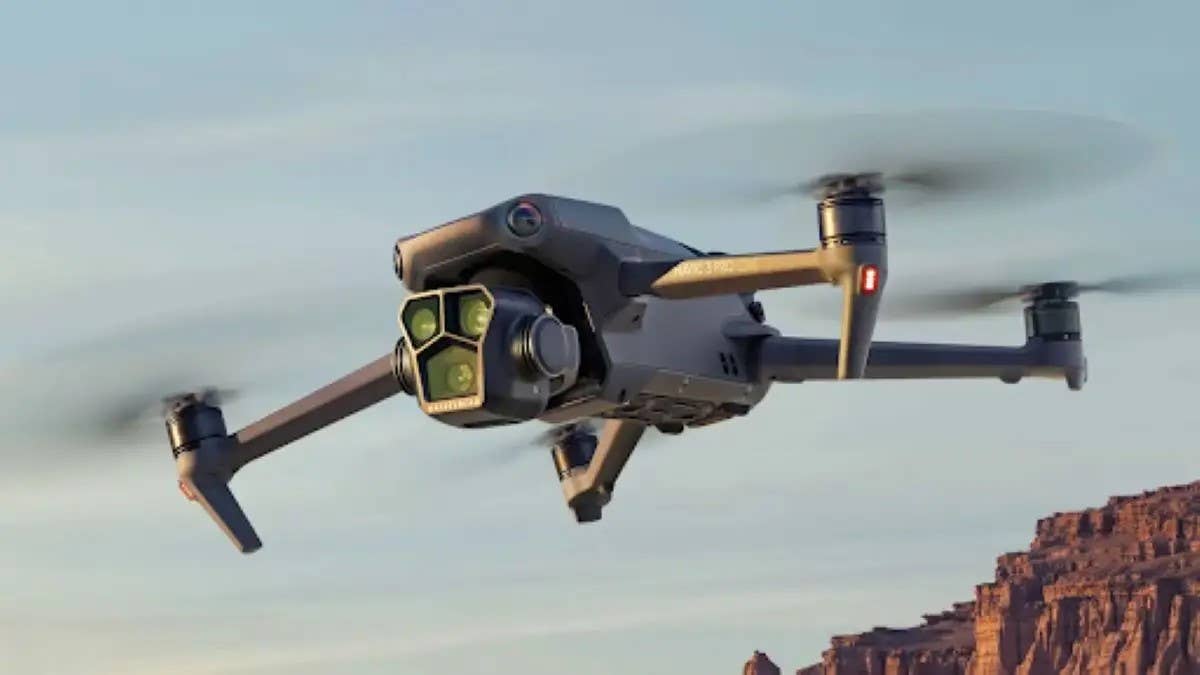Elon Musk Sets New Goal for Massive Starship Rocket
The SpaceX CEO wants the fourth test flight of Starship to end in the spacecraft’s safe recovery on Earth, a feat that has thus far eluded the company.
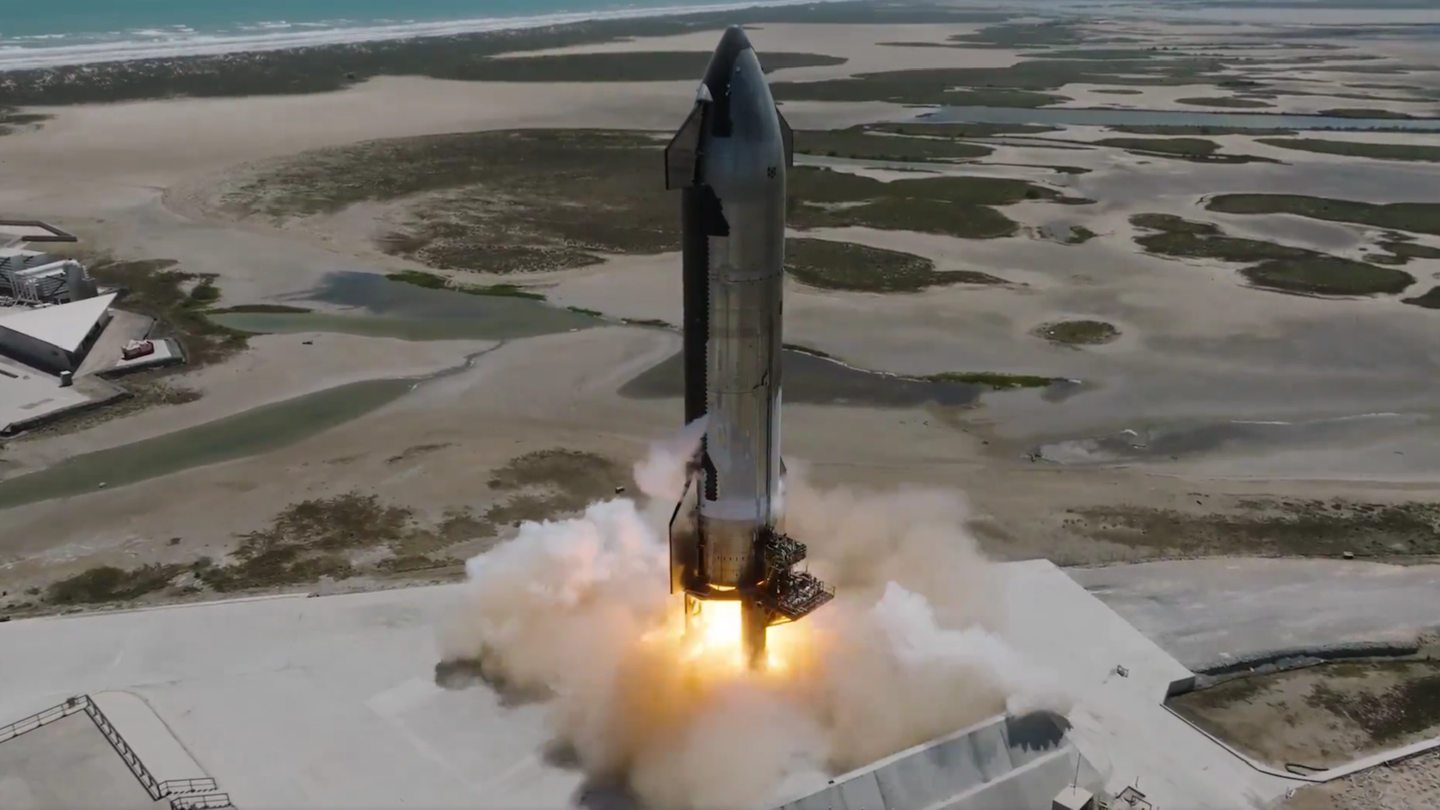
SpaceX performs a static fire test on one of the Starship upper stage’s six Raptor engines. [Courtesy: SpaceX]
SpaceX CEO Elon Musk has hinted at the goals for the next integrated test flight of the company’s Starship rocket and Super Heavy booster, which together form the largest and most powerful spacecraft ever built.
Starship’s next mission, IFT-4, will be the massive rocket’s fourth since it made its maiden voyage in April 2023. The spacecraft launched for the third time in March, but it was also grounded by the FAA for a third time after SpaceX was unable to recover the rocket and booster when they reentered the atmosphere.
In a post on X, formerly Twitter, Musk on Wednesday said SpaceX is now preparing for that fourth test flight. The goal, he said, is for the spacecraft to survive the fireball that forms around it during reentry, when temperatures reach their highest point.
Gwynne Shotwell, chief operating officer of SpaceX, said last week that the flight could happen as soon as early May. It will not have a payload.
SpaceX completed a full-duration static fire test of the Starship upper stage’s six Raptor engines on Monday, less than two weeks after its third voyage. A static fire test involves the loading of propellant and firing of the engines while the rocket is bolted to the launch mount. It is intended to ensure the engine is functioning properly and assess factors like pressure and temperature.
The company on Wednesday completed a second static fire of a single upper-stage engine using the spacecraft’s header tanks. These fuel the engines as they fire shortly before landing, which returns the reusable rocket to a vertical orientation as it approaches the landing pad.
IFT-4, if it goes according to Musk’s plan, would mark the first time Starship and Super Heavy make it to orbit and back to Earth in two pieces. Each of the rocket’s first two test flights ended in explosions. But the third attempt, while still resulting in the loss of the rocket and booster, was comfortably SpaceX’s most successful one yet.
Starship’s six second-stage engines successfully powered on and carried the rocket to orbit for the first time. While in orbit, it achieved several more firsts, including a critical propellant transfer test that demonstrated a maneuver the spacecraft will need to perform on future missions to the moon and beyond, including for NASA. The space agency this month applauded the company’s effort.
Starship also demonstrated the ability to open and close its payload door, which could one day be used to deploy Starlink satellites and other cargo, while in orbit.
After coasting nearly halfway around the Earth, Starship reentered the atmosphere for the first time, adding to the milestones. But after that SpaceX lost communications with the rocket and announced it believed it to be lost.
Before Starship can fly again it will need to be cleared by the FAA, which initiated a mishap investigation following the third test flight. A mishap investigation is standard procedure whenever a launch does not go according to plan. The process concludes with SpaceX obtaining a fresh launch license and could take anywhere from a few months to a few weeks.
Musk, however, does not anticipate any future slowdowns for Starship. He earlier this month said in a post on X that SpaceX would aim for six more Starship launches this year, which would be an unprecedented number for a new super heavy-lift rocket.
Like this story? We think you'll also like the Future of FLYING newsletter sent every Thursday afternoon. Sign up now.

Subscribe to Our Newsletter
Get the latest FLYING stories delivered directly to your inbox

